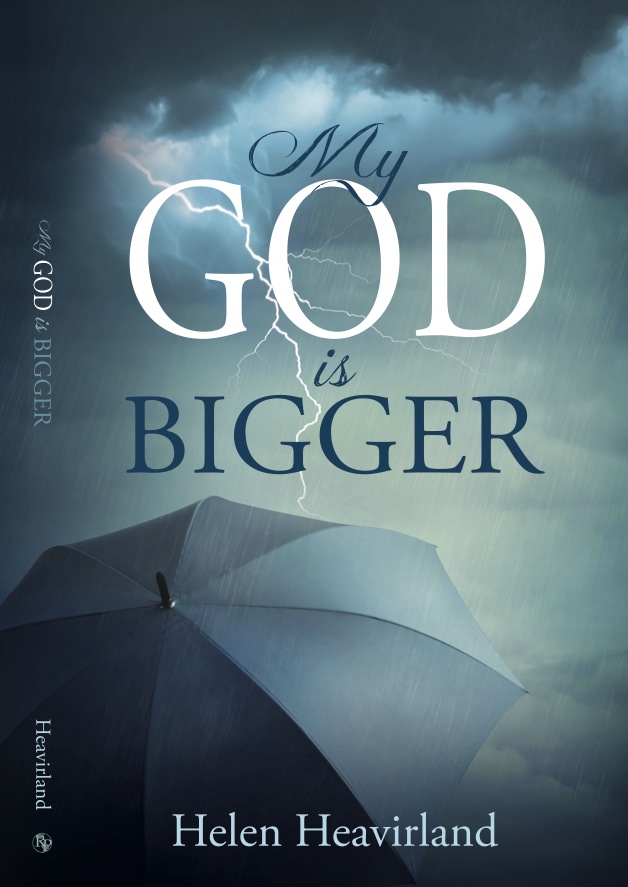Who do you want to read your story?
Everyone? Oh-oh. That creates a problem. If you write your story or book to everyone, your language and style will likely wander. Your various readers will tend to get lost at some point, lay your masterpiece down, and find something else to do.
If, however, you write to a specific person or small group, you’ll stay focused as you write. Whoever reads your book will adjust to that focus.
Think about the “everyone” you’d like to speak to. Then narrow it down to a specific person or small group.
To help focus, some writers think of writing a letter to a specific person. Some use a photo. While I wrote the book Zion: Champion for God, for instance, a photo of a young man I know hung in front of my desk. Even though I wrote with a specific young adult in mind, one woman read that book to her children, ages four to teens—they all wanted “one more chapter” at the end of each reading. A 102-year-old read the same book and enjoyed it to the end. Write your letter, your story, your book to a real person you know. When the writer’s focus is clear, the reader will relate.
Knowing your intended audience can inform what and how you write. If it includes generations earlier or later than yours, you may need to explain some things. Some of the young may have no concept of a telephone “party line” and some seniors will need explanations for technology scenes. If your readers are city dwellers and you’re writing about country life, help them build the fence with you. If you’re an expert in mechanics, nursing, or astronomy and you’re writing for people who aren’t, remember to help them come alongside you and vicariously share your experience. You broaden their world by describing yours. Writing so your reader understands pulls them into the experience. And when they’re seeing, smelling, tasting, hearing, and feeling it with you, they want to keep reading.
Question:
What potential reader will you picture as your target audience for your next writing project?





